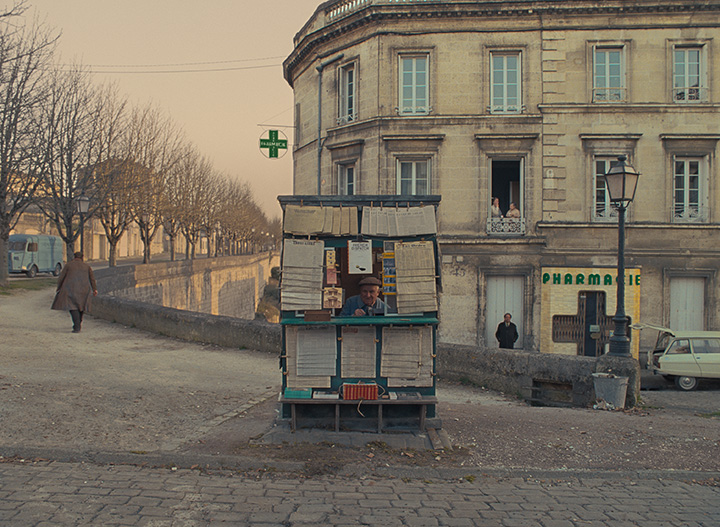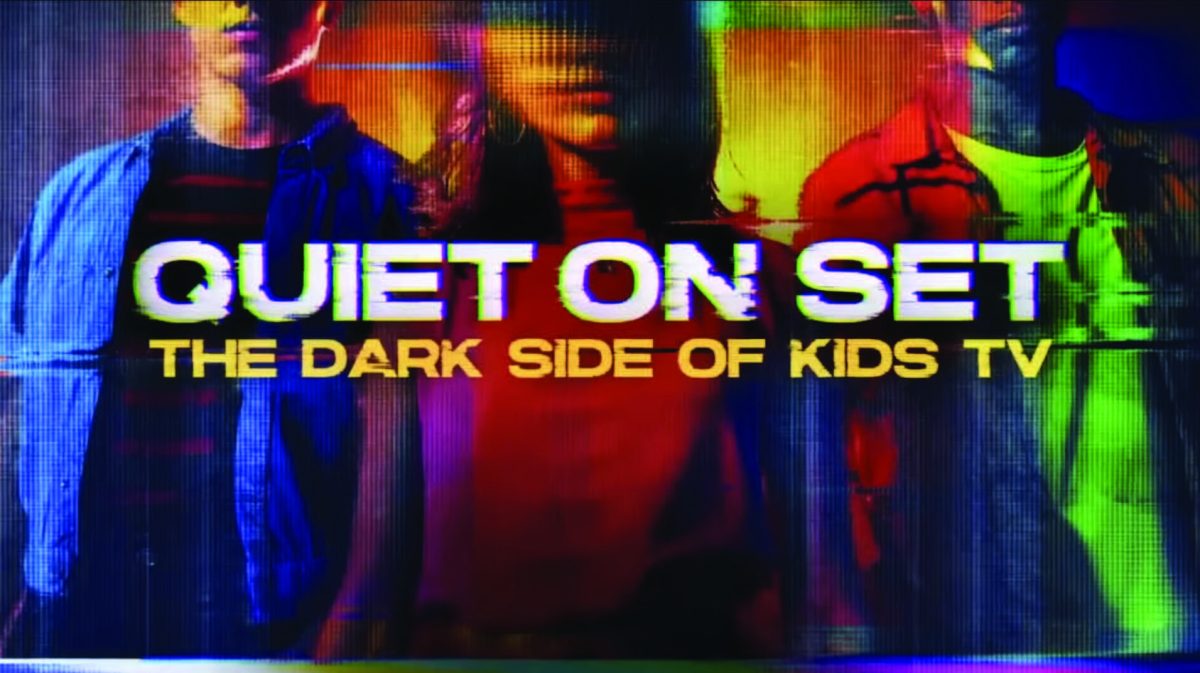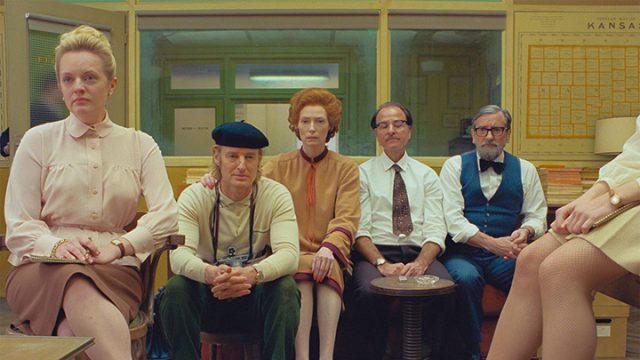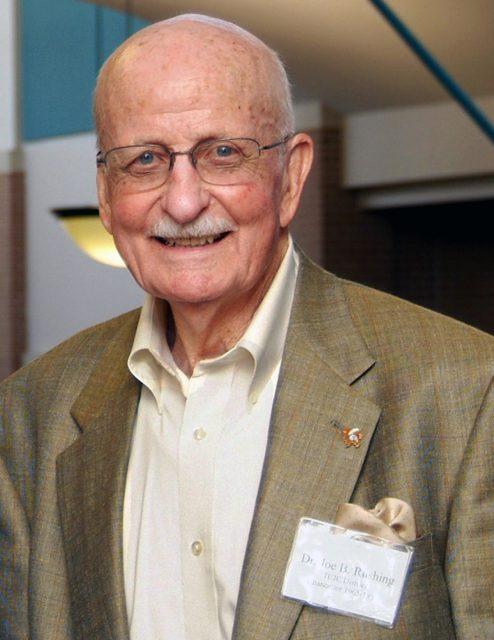‘The French Dispatch’ is an ode to print
Logan Evans
managing editor
Watching “The French Dispatch” is like flipping through a magazine and reading what catches your eye. Not everything clicks, but there’s enough to delve into.
The film begins with the death of renowned newspaper editor Arthur Howitzer Jr. Howitzer was a champion for writers, keeping a roster of eccentric journalists under his wing for his publication, The French Dispatch. According to Howitzer’s will, the publication of the newspaper is to end after his death with the release of one final issue. The film is split into three chapters. Each one follows a story published in that final issue.
Wes Anderson is often accused of being a director who favors style over substance, but this film makes another case that to him, style is substance. Visual stories are told in colors and shapes, and sound, and Anderson takes advantage of them all.
An ode to print journalism, the different scenes in “The French Dispatch” flit in and out of aspect ratios and color schemes, pulling the viewer into a varied experience that mimics the flip of a page. Sometimes, this can be overwhelming. The best way to watch this film is to just let it wash over you.
Like most Anderson films, “The French Dispatch” is populated with a vivid cast of characters played by actors letting loose. Everyone is compelling to watch, and they play off one another with a kinetic fervor enthusiasm that pushes the story in a way the narrative doesn’t. Because of the anthology format, no character is fleshed out enough to put them with Anderson greats like Steve Zissou or M. Gustave, but they aren’t simple sketches either.

The biggest hurdle the film faces is that not every part is equal. The first segment, “The Concrete Masterpiece,” about a convicted murderer turned artist convicted-murderer-turned-artist is by far the best of the three main chapters. The next two, “Revisions to a Manifesto,” a profile of student revolutionaries, and “The Private Dining Room of the Police Commissioner,” a kidnapping caper involving a food writer, feel like Anderson is drawing heavily from too-obscure influences. This doesn’t ruin the pieces — in fact, it imbues them with some more of Anderson’s charm — but they failed to grab me like the first did.
Some critics scorn Anderson for developing one style and sticking with it, but “The French Dispatch” is evidence that the director is still happy to experiment within his own world. This will likely never be considered an all-time great Anderson movie, but it’s a playful addition to his pastel-and-patchwork body of films.




































